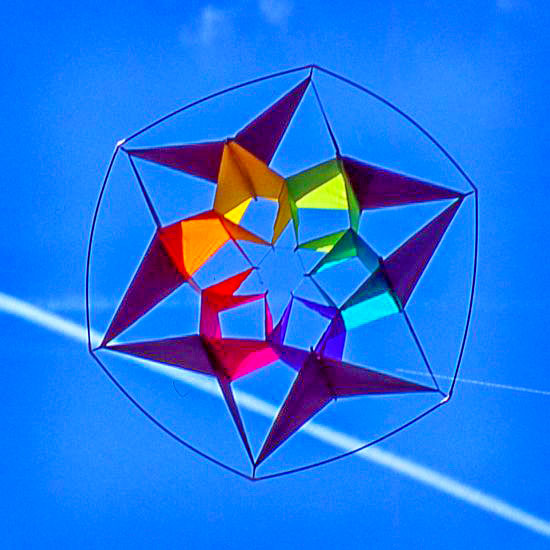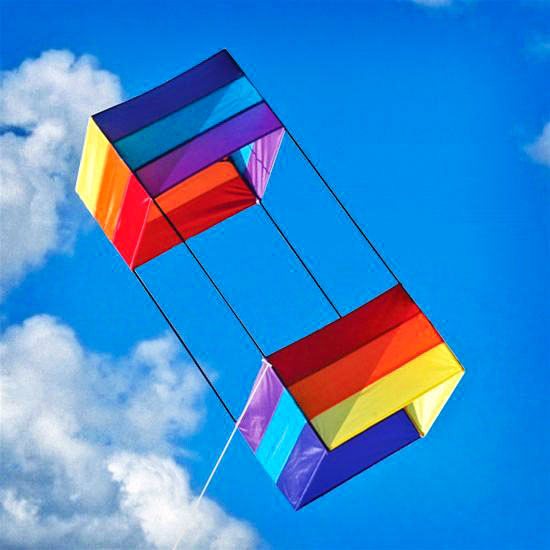Up to the highest height
By Bryan Goodland; courtesy photos
Just like the song in Disney’s classic movie Mary Poppins says, there’s nothing more satisfying then flying a kite on a beautiful day. There’s no better time to celebrate this quintessential spring pastime than on a breezy afternoon in April, which happens to be National Kite Month.
Organized by the American Kitefliers Association, April is the first full month of spring and typically the weather turns for the better allowing kite fliers to revel in the outdoors and anticipate the approaching summer just around the corner.
People have been flying kites for hundreds of years. Historians aren’t quite sure when and where kites were first flown, but there does seem to be enough evidence to point to China as the place of origin. Although some historians theorize that it may be more likely that other cultures in the South Pacific were using kites for fishing purposes.
Written records on kites go back to the Chinese emperor period around 200 BC, when kites were actually used in warfare as a measuring device to defeat opponents. It wasn’t until much later, around the 13th century that kites were seen in Europe and other places, in part because of Marco Polo, who wrote about them after his travels to China.
The modern era is when kites came into their own in the U.S. One of the most famous kite-flying episodes happened when Benjamin Franklin was experimenting with electricity. This 18th century experimentation would later translate into kites being used for all kinds of advancements in meteorology and electricity. It wasn’t until the 20th century when kites would literally change the world and usher in the modern age.
In 1899, two brothers in North Carolina began experimenting with a technique called “wing warping” and developed a biplane kite to fly. Orville and Wilbur Wright would continue to fly various unmanned kites as they experimented with lift, aerodynamics and other forces over the next few years. All of those experiments led to the historic flight in 1903 in Kitty Hawk, North Carolina where Orville Wright would fly 120 feet for 12 seconds and soar straight into the history books.
The types of kites that people fly have changed over the years. The familiar diamond-shaped kite flown by most is one of several different designs. Box kites, sled kites, winged-box kites and delta kites are just a few types of kites available. Among enthusiasts, kite flying maintains a strong following around the world and is often associated with festivals and competitions. No matter the kite, the centuries-old hobby remains a fun and educational activity, in addition to providing a great excuse to get outdoors as the weather warms. For more information on kites, visit https://www.kite.org/ or http://nationalkitemonth.org/.

